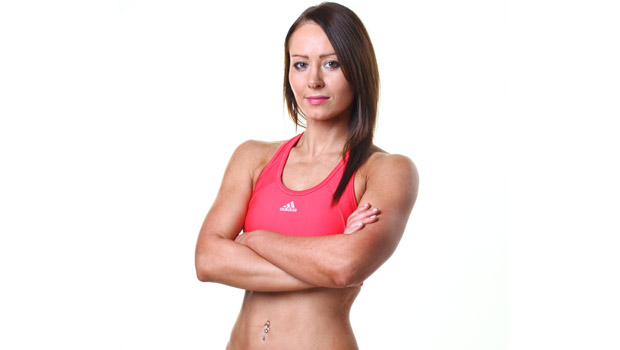There is no doubt that simply the mention of ‘pole dance’ still raises eyebrows and inquisitive glances. However over the last few years especially ‘pole dance’ has actually moved more and more towards becoming ‘pole sport’. In fact pole dance has been around for at least eight hundred years. ‘Mallakhamb’ which translates to ‘pole gymnastics’ is one of the first that is traceable which is a traditional Indian sport for men using a wider wooden pole with a large ball at the top and Chinese pole which originated in India (also male dominated) that uses two poles more similar to the poles used today. In the 1920’s travelling circuses also performed using a pole in the middle of the tent.

Pole classes and competitions used to be limited in age, however now pole is classed as a sport people of all ages are taking part. Some classes are run for juniors and there are people over 40 that attend classes. The categories for the next World Pole Sports Championships to be held in London this year on the July 2013 include a novice category for ages 10-14 and a masters category for 40+.
With organisations such as the International Pole Sports Federation who are a non-profit organisation ‘promoting athletic competition in pole sports and uniting pole athletes around the world. It’s aim is to make pole sports recognised as an official sport, make pole sports more prominent in the sports community and to get pole sports competitions in major global sporting events such as the World Games and the Olympics’ and the Pole Dance Community who have a syllabus of pole moves and tricks from beginner to advanced levels from which you can achieve gradings and instructor recognition it looks certain pole is set to become a worldwide recognised sport.
If you would like to take up pole you just have to be prepared to have lots of fun and put up with the occasional bruise or friction burn. After a few weeks you should notice a change body shape, tone and improvement in overall fitness.
Written by Emma Nicholson Personal Trainer and owner of NE33 Dance and Fitness www.ne33.co.uk
Photography by SNHFOTO.COM

